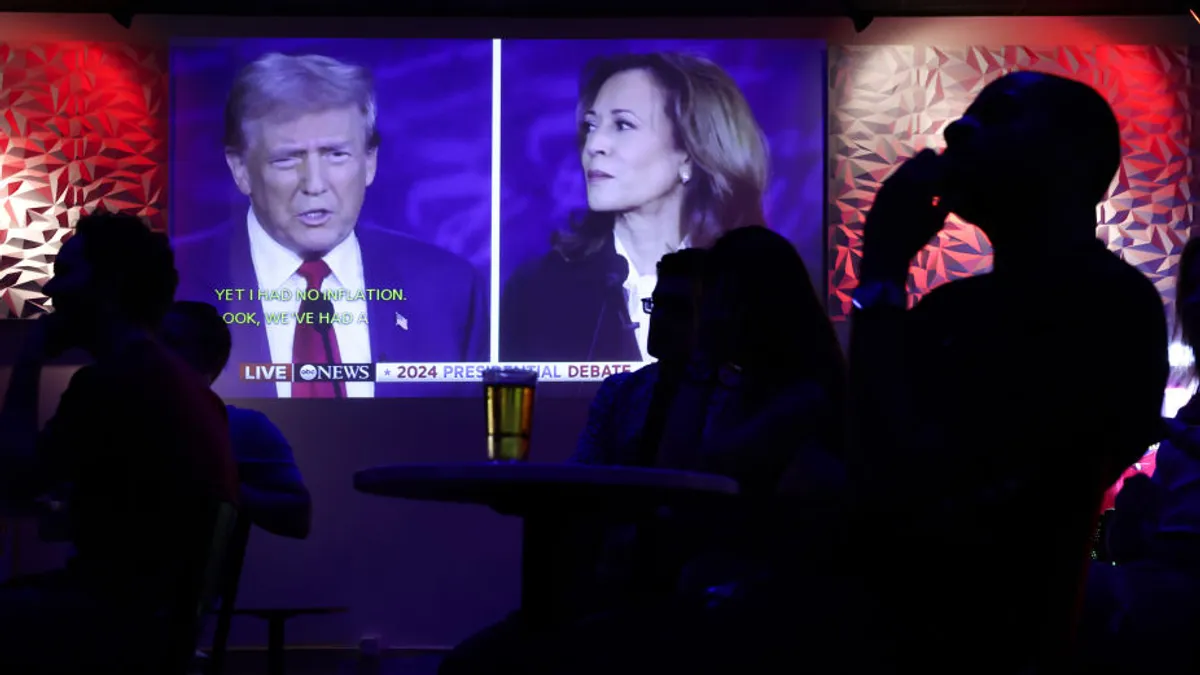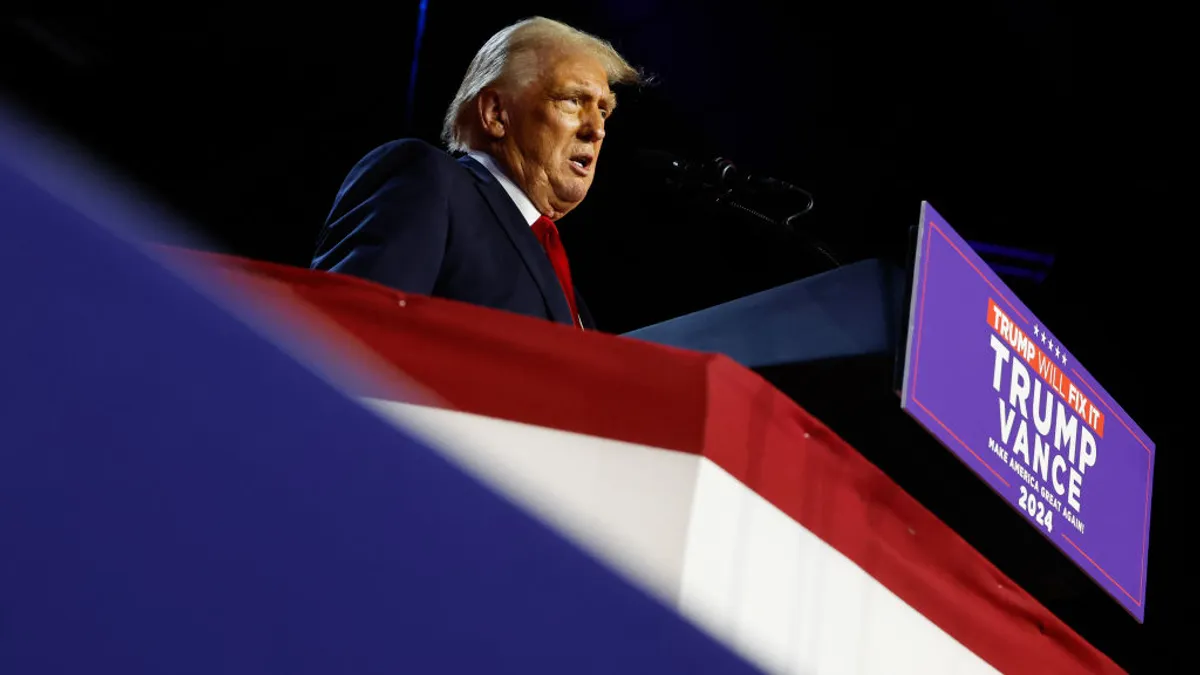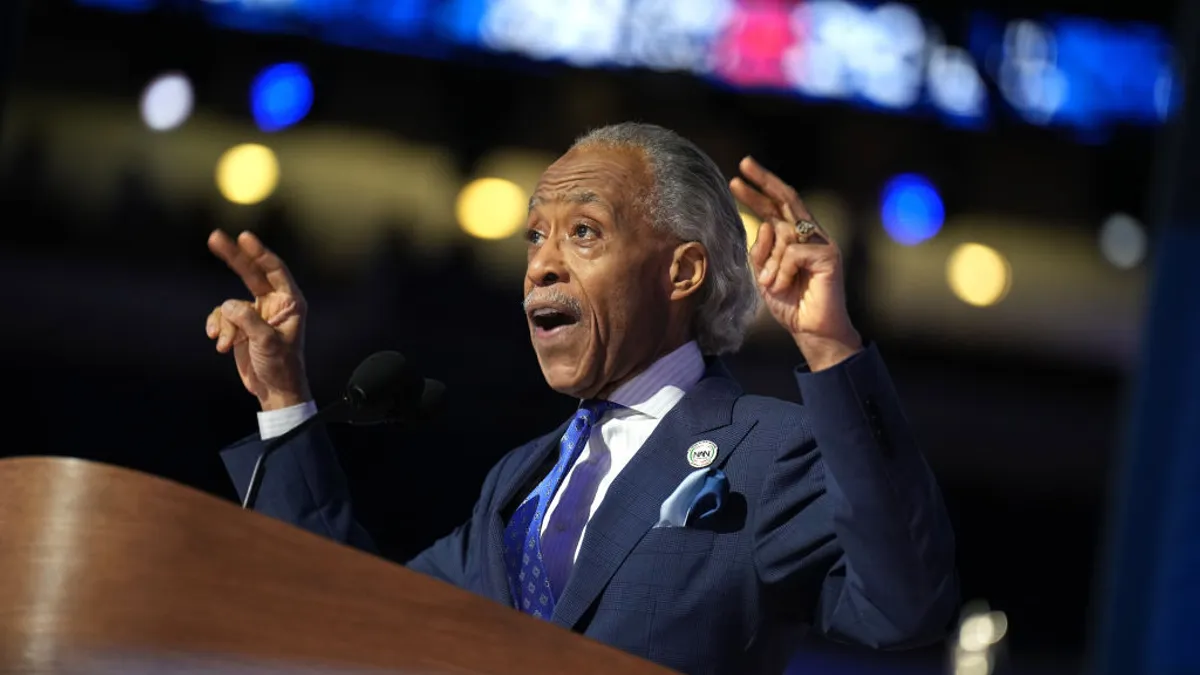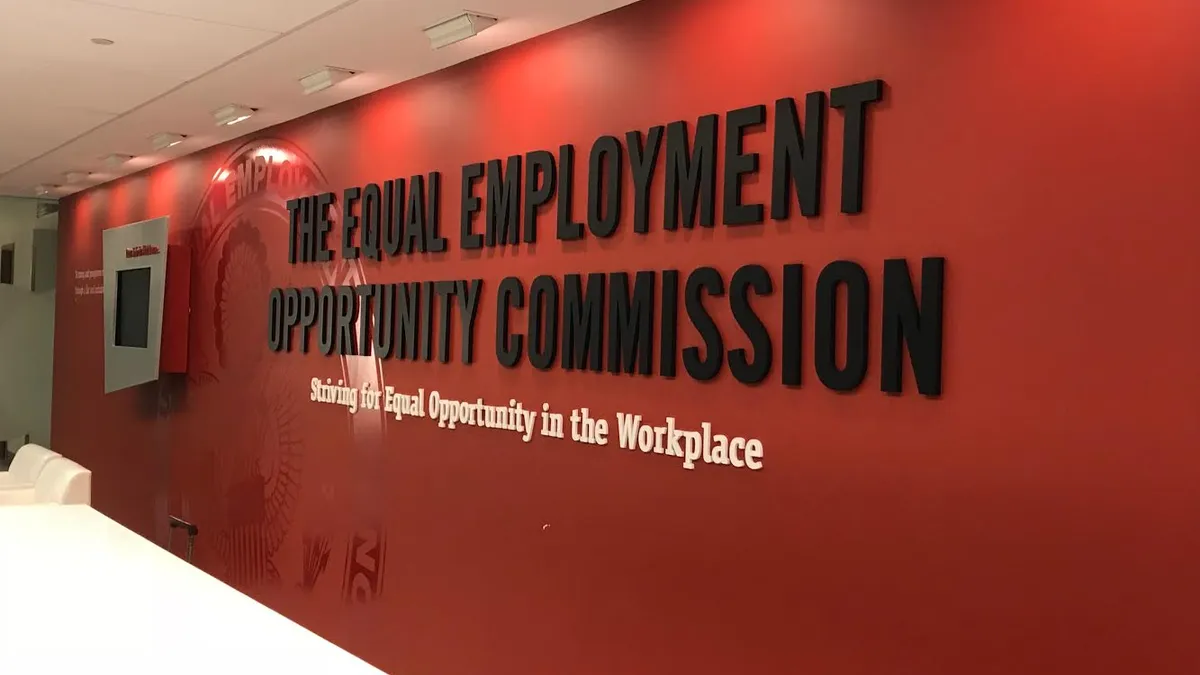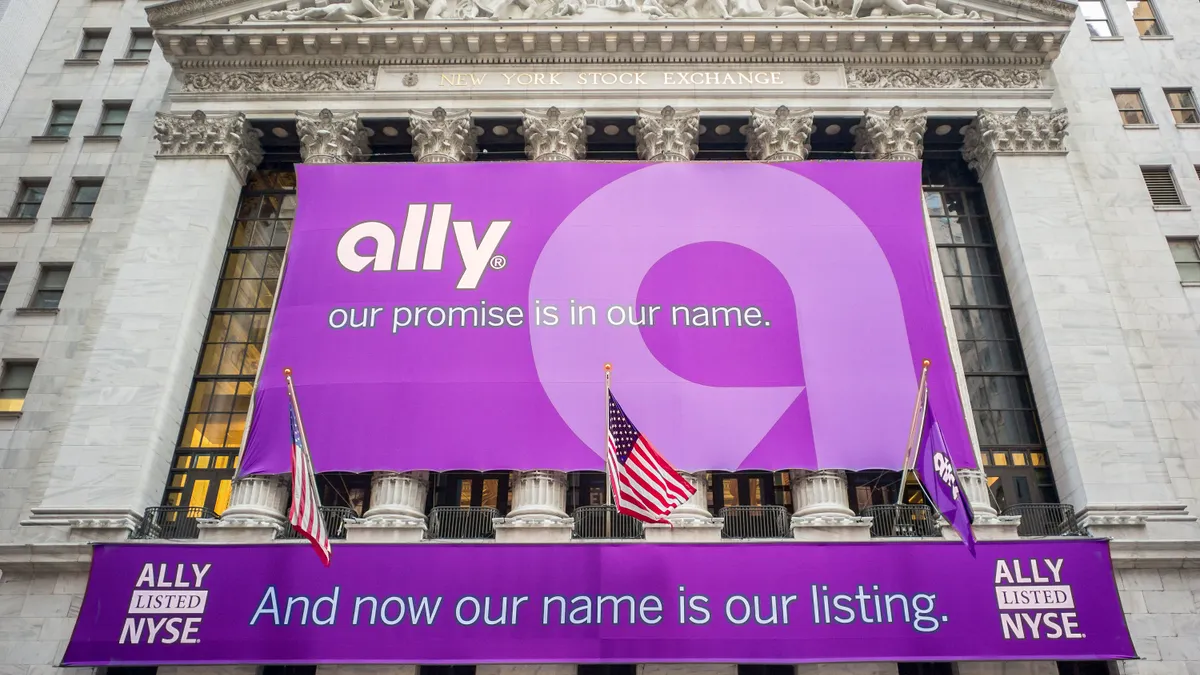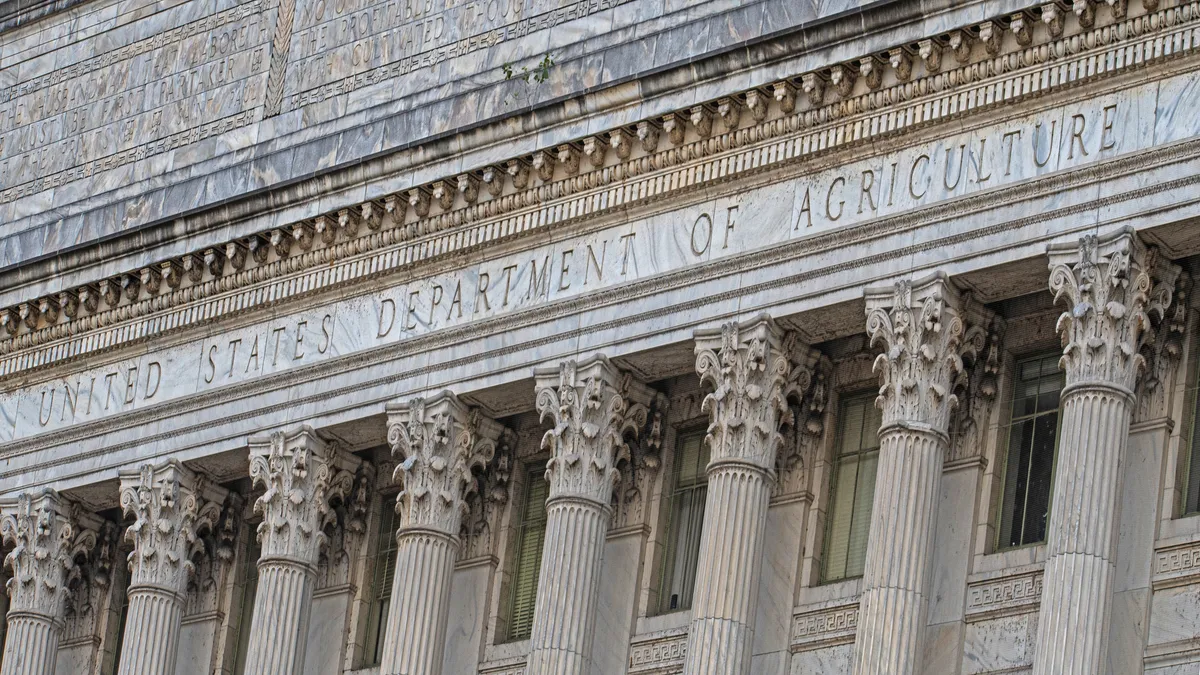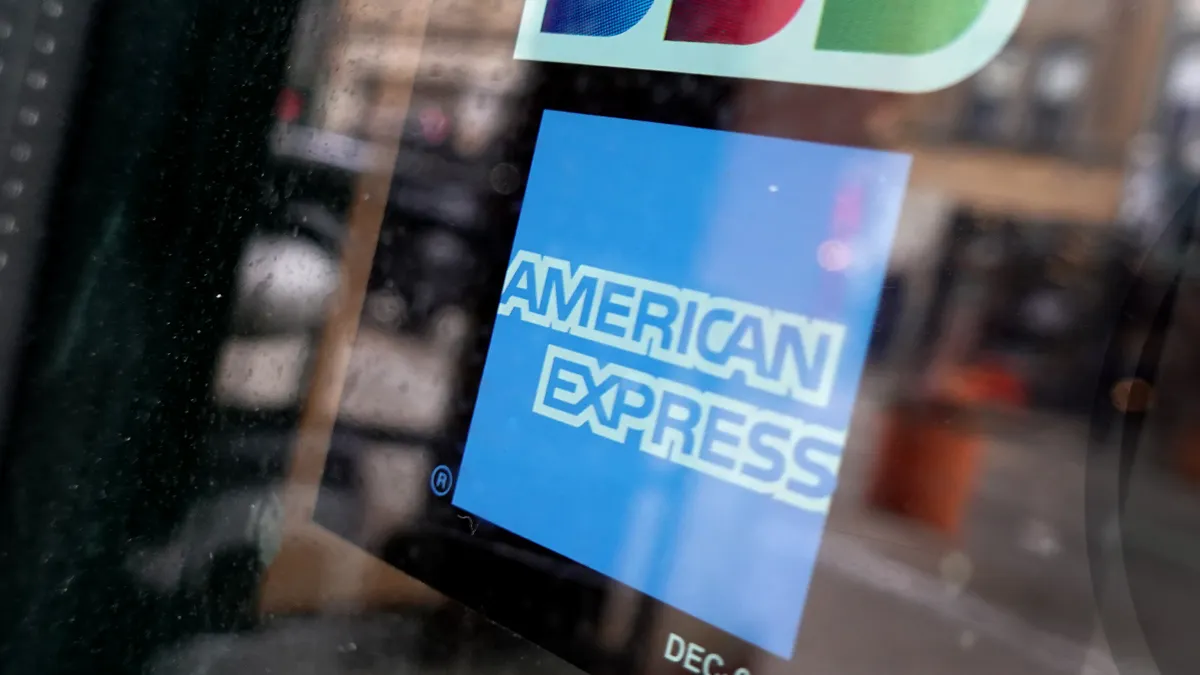President Donald Trump began his term looking to roll back government diversity, equity and inclusion programs issued by his predecessor with a spate of Jan. 20 executive orders. Trump followed with a Jan 21 order for federal agencies to target private sector DEI programs.
A wave of companies rolled back their DEI programs last summer, after conservative activists targeted companies in the wake of the Supreme Court’s decision outlawing affirmative action in higher education. With Trump’s election, a number of public companies like McDonald’s, Meta, a few banks and others pre-emptively adjusted policies. At the same time, private companies like Accenture and Deloitte have begun reviewing and adjusting programs and disclosures following the executive order.
Sheryl Daija, founder and CEO of Bridge, the first global marketing industry trade group for DEI, said in an interview with ESG Dive that it is important for companies to “understand the opportunity” that DEI programs present, before mitigating risk, “not the other way around.”
“There's this fear, and companies are just going, ‘Okay, well, we're just gonna get rid of this practice and this practice’ and they're not going, ‘okay, hold on one second,’” Daija said. “If you're a good CEO, you understand what the opportunity is, and then you say, ‘Okay, how are we going to mitigate the risk against that opportunity?’”
“There's risk in every opportunity, and that's not necessarily what we're seeing,” Daija added. “I would say to everybody, understand the opportunity that diversity, equity and inclusion offers, and then mitigate your risk against it.”
Editor’s note: This interview has been edited for length and clarity.
ESG DIVE: Tell me a little bit about your background and what led you to create Bridge.
SHERYL DAIJA: Bridge was founded in April of 2022 and somebody asked me the other day, “what made us launch Bridge?” And I was like, “I don't know. Maybe we had a crystal ball that we would probably be needed more than ever.” But I will tell you the real story behind why we started.
Bridge is an acronym for belonging, representation, inclusion, diversity, [and] the “G” is the growth that we know and believe comes from all of that. And then E is equity, which is our ultimate goal: to have a more equitable industry and world, which feels further away from us right now, but we'll get there.
I was born in South Africa, and I lived under the Apartheid regime. Early on in my childhood, I understood what inequity looked like, and so that spurred my passion for social justice. I am part of a multiracial family, and I have chosen to see the world through my son's eyes because I know that his world is different from mine, and I have just learned an incredible amount having done so. The work is very personal to me, I am committed to building a more equitable and better world for my son and his friends and the generations to come, despite any challenges that are going to come our way.
On the professional side, I am a marketer by heart. I started my career as a marketer in the health and beauty aid [consumer packaged goods] industry, so I got a lot of training on that side. I was then recruited into the fragrance industry. I was then recruited into the technology industry, and then I found myself in this kind of weird anomaly called trade groups. I worked at the [Interactive Advertising Bureau] for a while. I was the general manager there, and then I worked at the Mobile Marketing Association as the chief strategy officer there.
"We've been pulled into this political quagmire, and it's been politicized, but at the end of the day, DEI is not about politics."

Sheryl Daija
Founder and CEO, Bridge
After George Floyd was murdered, I was programming a session at an event for the [Mobile Marketing Association], and I happened to get exposed to a group of chief diversity officers, just in the middle of COVID. And we would get together like every few weeks. And I realized in talking to them, what a lonely road DEI leaders had. At that time, they were basically told “sit in the corner and fix it,” when it obviously was not theirs to fix. So, it occurred to me that if we can bring industry together to create marketing platforms, like we did with digital and mobile and others, why could we not bring the industry together for more purpose driven work and to build a more inclusive industry?
So Bridge was formed out of that, and we launched with a mission that is even stronger today than it was when we launched, which was to help move the narrative of DEI away from philosophy to helping companies operationalize inclusion as a business practice for growth.
How has the environment changed around you over the past two years with the affirmative action decision and latest executive orders?
It's interesting; we just had a board meeting in New York at the beginning of February, and right before the board meeting we added seven new companies to our board. And one might think that it was going to be the complete opposite, that we were going to have companies dropping off the board. We have not had a single company drop off the board. And quite the contrary.
Affirmative action was clearly academia, and it was really focused on academics, but it was definitely a hint of what was to come.
Every company understands that the work needs to continue, because there's an inevitability to what the makeup of our country is going to look like and what communities and society looks like. We know that Gen Z is the most diverse generation of our time; we also know that they're different. They're different consumers, and they demand different, and seasoned executives understand that. At the same time, there certainly is some risk that needs to be mitigated.
So, what we're seeing — and what we started to see with affirmative action — was what is the ripple effect that happens from the public sector and how does that affect the private sector, and where are the implications, and an understanding of those implications. I think the implications with affirmative action were a lot less, quite frankly, than what we're starting to see now with this full on attack against DEI.
But even with that, I wish the communications people were doing a better job. Because even some of the companies that have been in the press and the media about pulling back significantly, I think, are adjusting and evolving the practice. That's really what we're seeing, is an evolution, which I think probably despite this collision with politics, needed to happen anyway. That's why, when we launched, we were already encouraging companies to kind of evolve the practice so that they were looking at DEI from both a workplace and a marketplace perspective, so that it wasn't just focused on talent.
Talent is ultimately foundational to marketplace impact. We're seeing companies understand that in order to go after this incredibly large buying power of Black Americans and Hispanic Americans that they have to have cultural fluency within their teams, and they have to think about how they are developing products that are more inclusive.
I think we're seeing, in some ways, what I would have expected as an adjustment. I think that there's some maybe over-ratcheting on some risk mitigation, but at the end of the day, companies understand that they're not going to be around if they don't continue to have more inclusive practices. From my perspective, DEI was never about politics. We've been pulled into this political quagmire, and it's been politicized, but at the end of the day, DEI is not about politics.
Could you explain the evolution we're seeing a little bit more and how companies are looking to litigation-proof some of their programs?
I think we're suffering from a few things. What happened after the murder of George Floyd was a number of things.
Number one, there were these targets and quotas that were created that were unrealistic to begin with. But I think companies had good intentions; [it] was well-intentioned to stand with the Black community and to say, “We're going to do better.” The kind of easiest way to do that was to say, “Okay, we're going to have quotas. We're going to have X number of women, X number of people of color, etcetera.”
And unfortunately, it coincided with companies basically putting people into DEI roles that were not skilled DEI practitioners. If you speak to DEI practitioners that were practicing even before George Floyd, they would have said “Quotas and targets? That's not a good idea.” There is some legal risk there.
But what ended up happening was people were being put into DEI leadership positions, and they were not DEI leaders. DEI is a skilled practice. And I think skilled practitioners understood, and would not have necessarily agreed with all of these quotas that, again, I think were well intentioned, but probably went too far. And I actually think that the CEO from Cisco [Chuck Robbins], for me, said it the best. He said that what the current administration is trying to do is reduce DEI to a single issue, which is about race and gender, when DEI is a complex matrix of 150 practices. At Bridge, we've identified 80 practices [that constitute DEI], so I would love to know from [Robbins] what the other 70 are.
DEI is a complex matrix of practices. So I think companies went a little too far in some respects — with the quotas and the targets — and they probably were more high risk from a legal perspective. In order to do DEI well, or to build an inclusive brand or operationalize inclusion, you don't need quotas. You actually don't need targets. You just need to do it well.
What are the dangers of companies, or the administration, flattening or oversimplifying DEI to focus on just issues of gender, race or orientation?
DEI is both a workplace and a marketplace practice, and by reducing it to gender and race and orientation, you're strictly thinking about it as a workplace practice and not recognizing what the opportunity is from a marketplace impact perspective. DEI is foundational for companies to create business impact. We think inclusion is as transformational, potentially, to growth as AI is; it's just a different approach.
If you're doing inclusion right, then you'll be thinking about how you are putting inclusion at the center of your product development efforts, how you are putting inclusion at the center of your media strategies, your creative strategies, your communications. So you're looking at it from a much broader perspective that will allow you to authentically hit those growth markets. You have to expand your thinking about where the opportunities are that allow you to have the cultural fluency to achieve growth, going after these markets that you identify.
What guidance would you give to CEOs at this moment?
- Their obligation is to their employees and their shareholders, not politicians, so they need to prioritize employees and shareholders. Leadership is about safeguarding people, particularly in these kinds of times. And if there is any time that DEI could rise to the occasion in support of the communities that are being directly affected by the current executive orders, it's now. Acting out of fear is not leadership; prioritizing employees and your shareholders is leadership.
- Reacting to the current politics is not a business strategy, and it's certainly not a sustainable business strategy. So be careful not to get caught up in the hype. You certainly need to look at your practices and understand where your risk might be. Mitigate that risk, but pause, breathe and be pragmatic.
- Figure out how you can leverage diversity, equity and inclusion as a driver of business growth. Don't allow the administration to reduce it to a single issue because it's not. It's okay that practices evolve over time, and diversity, equity and inclusion should be no exception. You can evolve it in a way that aligns with your business growth, and you don't have to just throw it all out.





